It is #twenty20 and more of us are using social media as a tool to manage our brand and to engage with our customers directly. But before you continue to market in the digital arena or embark on a social media strategy, ask yourself: is your brand protected?

Hashtags are an integral part of social media and are used to categorize the content of what you share to facilitate keyword searches and group topics of interest. Hashtag campaigns can be used to promote products and services, share news and engage with your customers. In fact, entire marketing strategies are devoted to employing a hashtag.
Proper use of hashtags can build brand awareness and brand recognition. It can also encourage the creation of user generated content maximizing the brand’s reach.
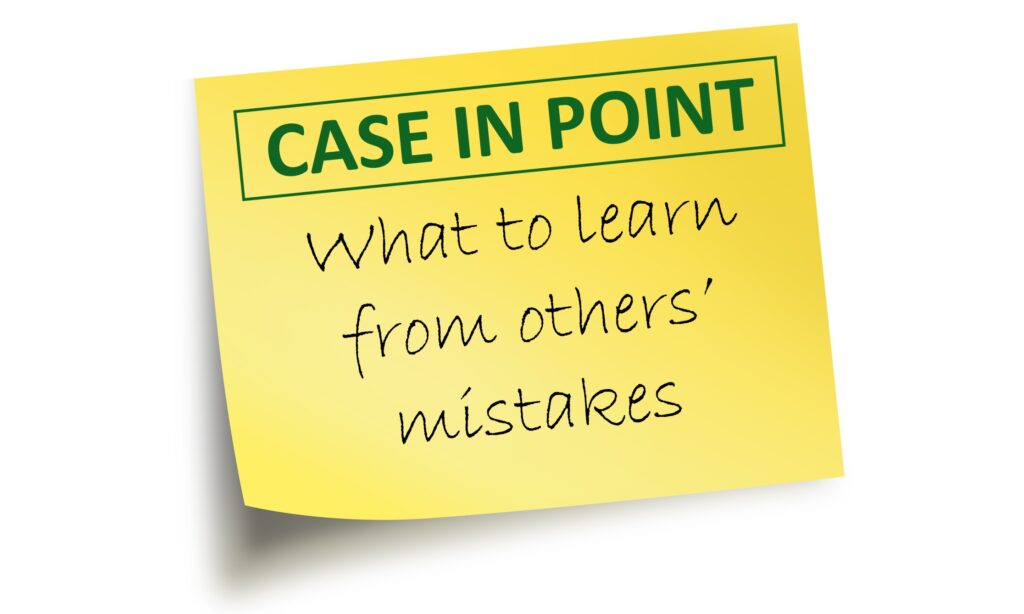
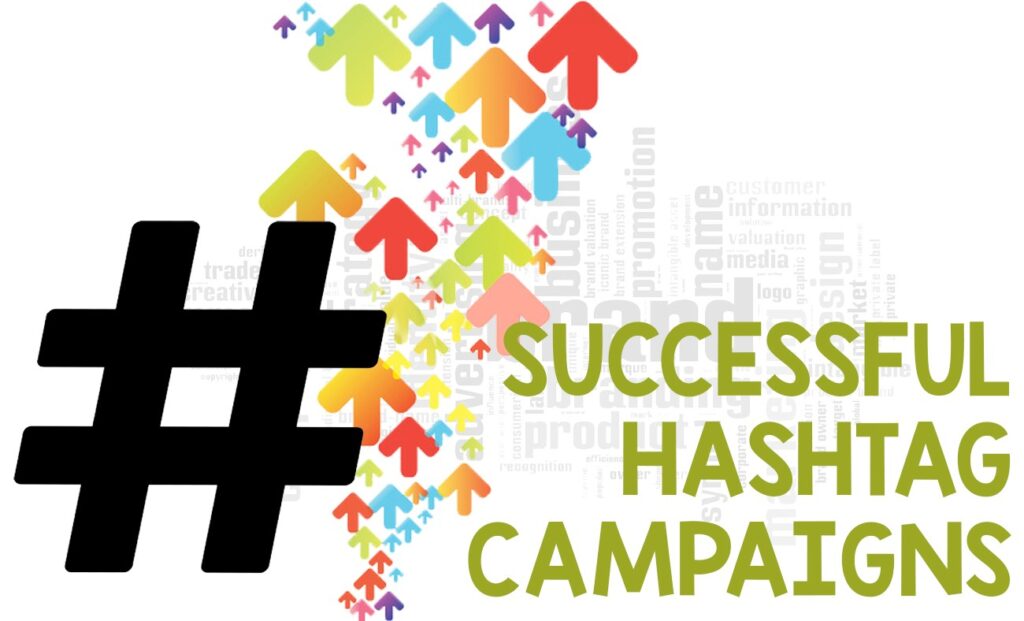
Some of the most successful hashtag campaigns include: Coca Cola’s #ShareACoke Campaign; Lay’s #DoUsAFlavor Campaign; ALS Association’s #IceBucketChallenge Campaign; and Nest’s #CaughtOnDropCamCampaign
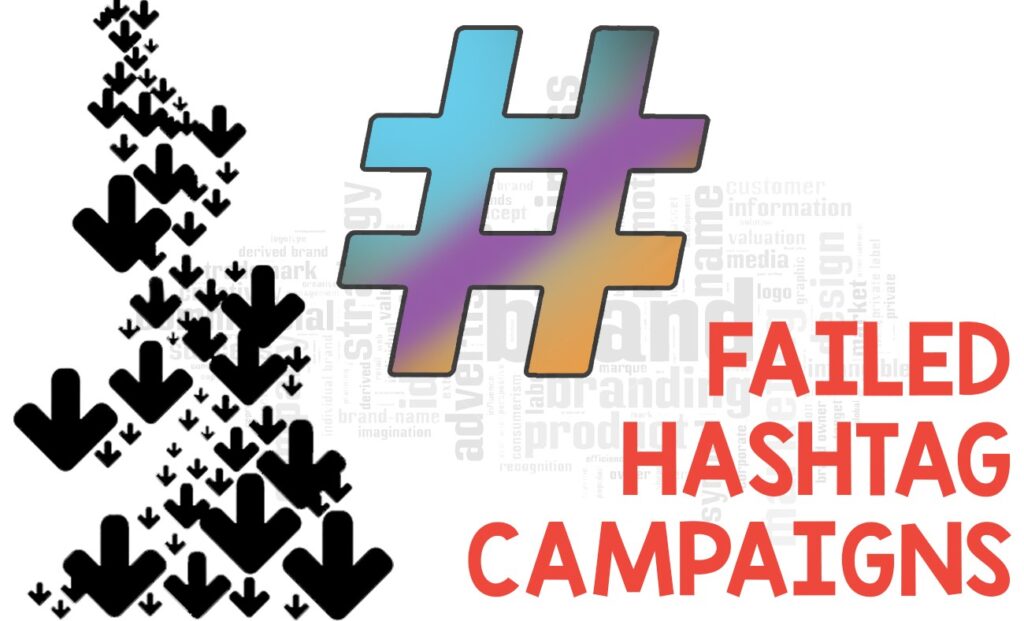
Social media blunders which did trend but invited a lot more ridicule and tarnished the brand reputation in some ways include: Susan Boyle’s #susananalbumparty Campaign (i.e. su’s anal bum party); and McDonald’s #McDStoriesCampaign (people used it as a means to share bad experiences and horror stories with the restaurant)
Is someone using your hashtag to compete with you? We can identify if your hashtag is protectable as a trademark.

In this age of digitization, our need to connect and network with each other is driving the advent of numerous social networking platforms and apps. There are over 65 popular social networking sites. Your chosen public name, which can be your real name or a chosen pseudonym/nickname is your social media handle. Social media handles are an important aspect of branding and name-recognition for you brand. Not owning major social media handles puts your brand at risk, allowing others to appropriate your trademark on social media.

The good news for brand owners is that most social media websites have developed procedures for brand owners to report trademark infringement violations and upon finding a violation of their terms of service, will remove the infringing content. The bad news for brand owners is that not all trademark uses are necessarily infringing. Some users on social media, for instance, may have a fair use defense to their use of the trademark, and other uses may be deemed “non-commercial”, which means that ownership of your trademark may not guarantee that you can get the handle you want if someone else beats you to registering it as their public name. It is easier to prevent unauthorized parties from claiming your trademark on social media platforms by registering first than it is to recover lost trademark handles. Accordingly, the best solution for avoiding this scenario is to register the social media handles for your company name and brand as soon as possible.
Does someone already have a handle you’ve trademarked? We can outline the best course of action to negotiate with the social media platforms or the person who currently “owns” the handle to secure it for you.

We all know the importance of policing our trademark against infringement and unlawful use by third parties in order to protect the value of the trademark and our profits, but at what cost? It is now commonplace for people who feel wronged to rant on social media, sharing their frustrations online with their entire social media following. Therefore as a trademark owner, you have to juggle the need to police your trademarks with your social media presence to avoid potential fallout that can alienate the consumers you rely on to succeed.
This means you have to think twice before you send a strongly worded cease & desist letter to an offending user because there is a good chance it will be disseminated online as part of the recipient’s rant. If the tone and tenor of your cease & desist letter is off, you can end up taking the brunt of the fallout on social media. Ask yourself, will being overly aggressive in enforcing your trademark advance your underlying business interest, or is there a more appropriate way to carefully word a cease and desist letter to ensure your brand image is not tarnished?
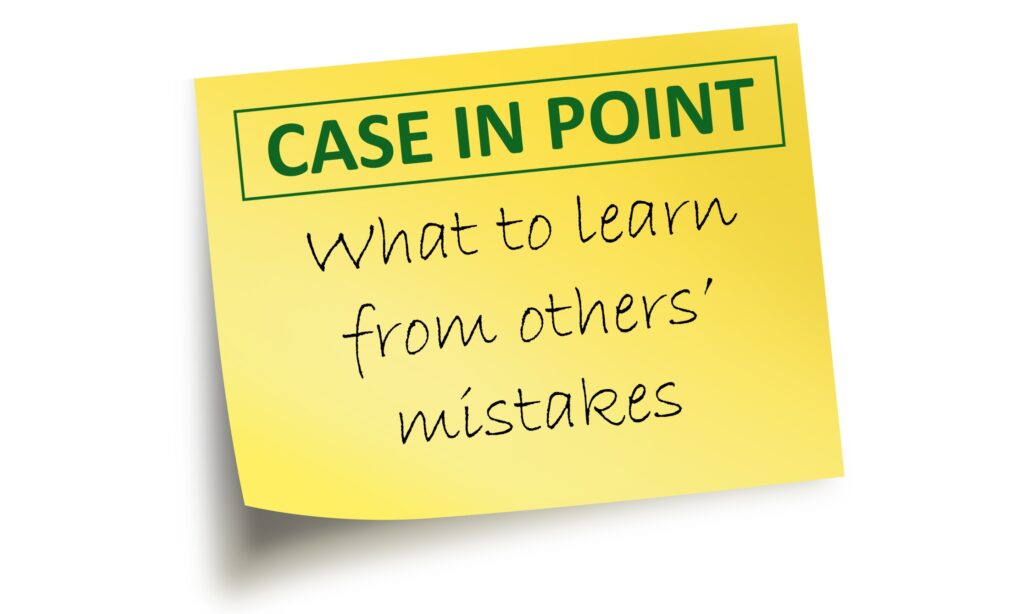
Example of an instance in which being overly aggressive in enforcing a trademark harmed the brand image:
Louis Vuitton (who has a reputation as a notoriously relentless enforcer of its mark) sent a cease & desist letter to the Dean of the University of Pennsylvania Law School, demanding that they take down posters advertising a fashion IP symposium because the posters “misappropriated and modified” Vuitton’s trademarked monogram design.

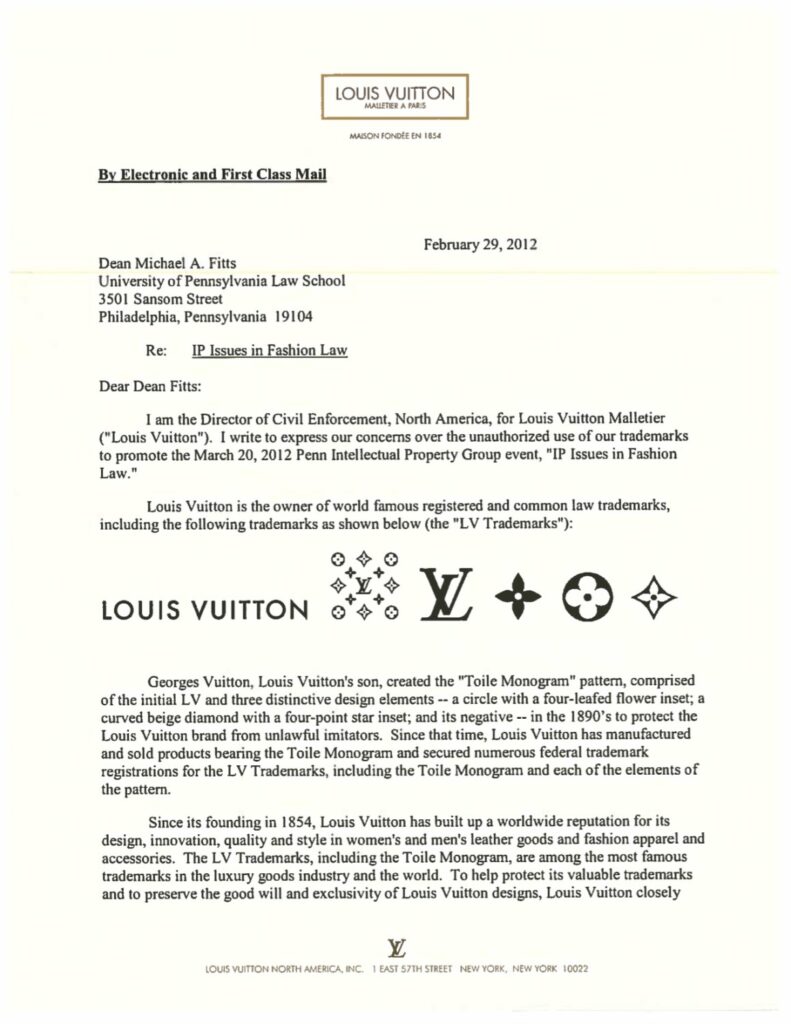
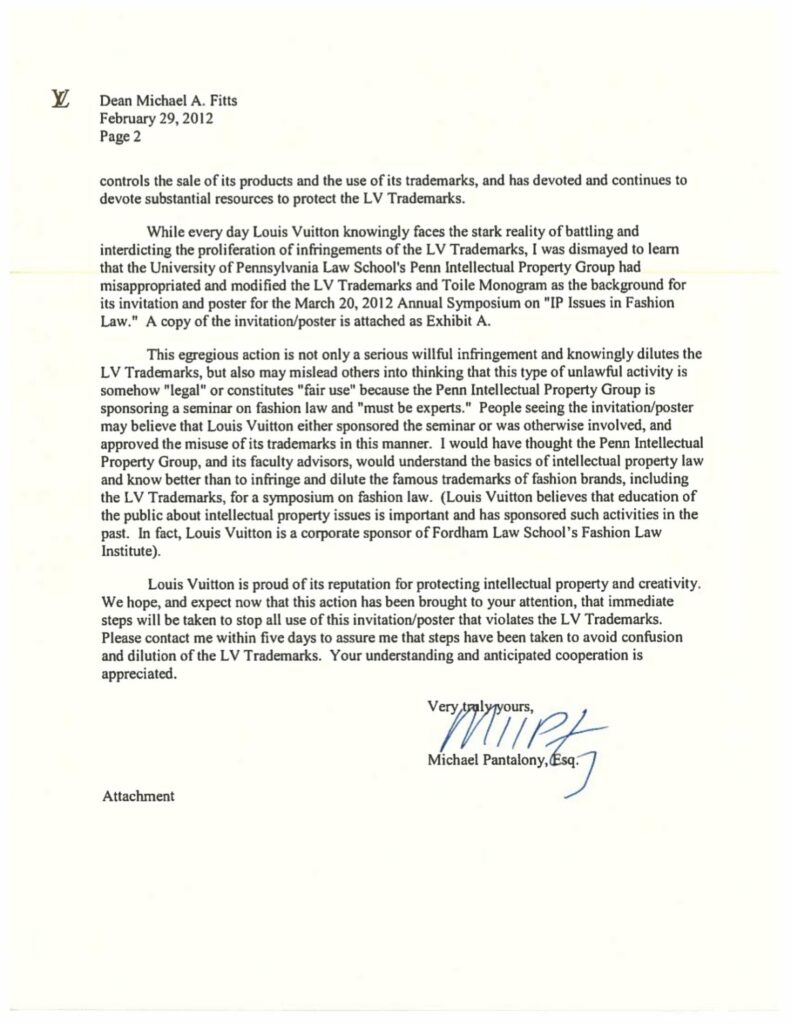
The cease & desist letter completely missed the mark, was widely circulated and laughed at. Penn Law’s response, which also went viral was a brilliant clap back.
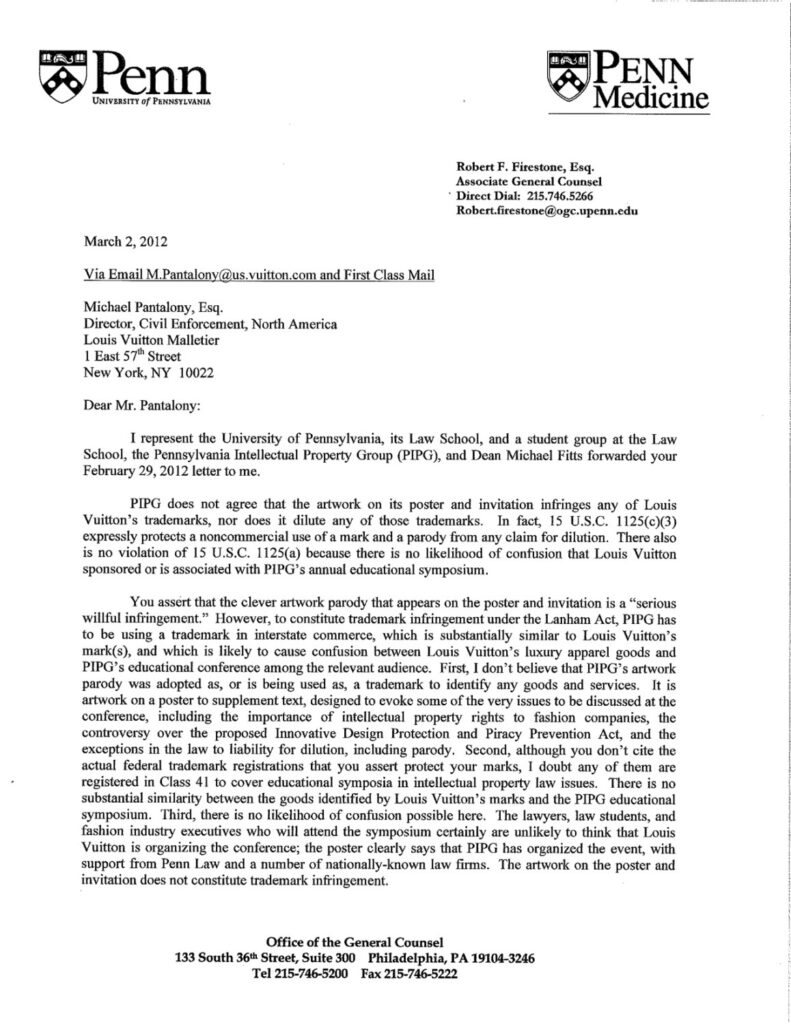
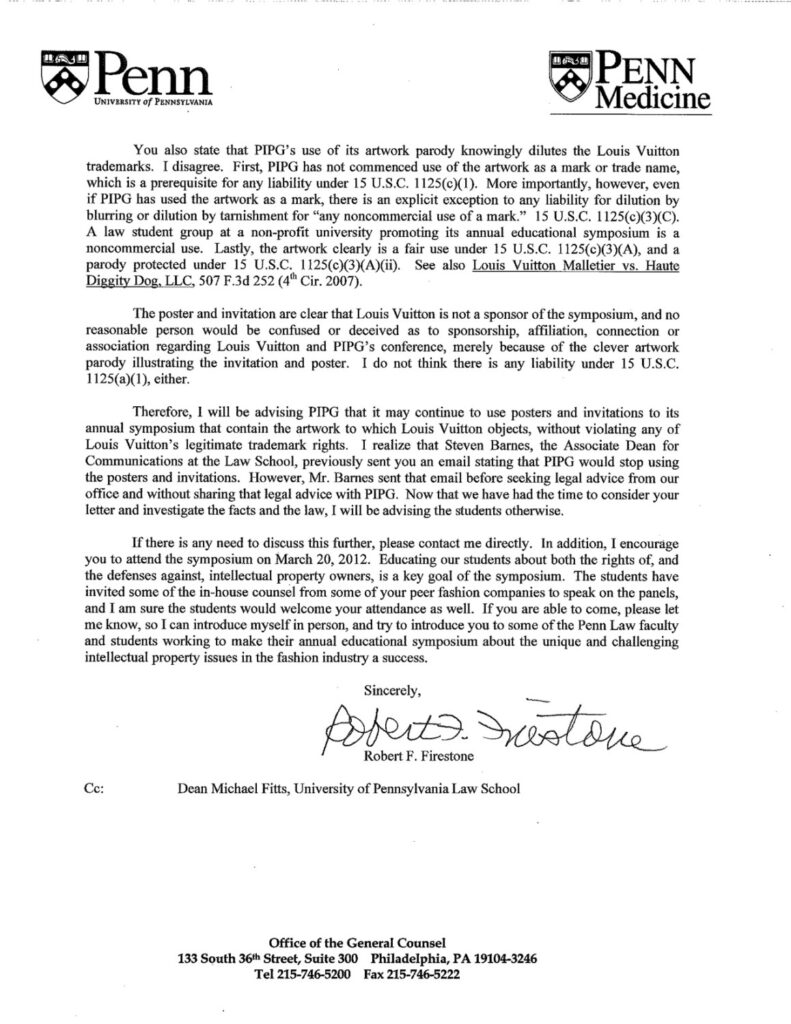
The attempt to enforce their mark definitely backfired for Vuitton.
Example of a cease & desist letter with the perfect tone which went viral for all the right reasons and resulted in positive brand awareness:
A Stranger Things pop-up bar named The Upside Down opened in Chicago. Netflix sent a cease & desist letter requesting that the space be closed after its six-week run. Their approach was epic, resulting in a variety of media outlets praising Netflix which in turn built positive brand awareness.
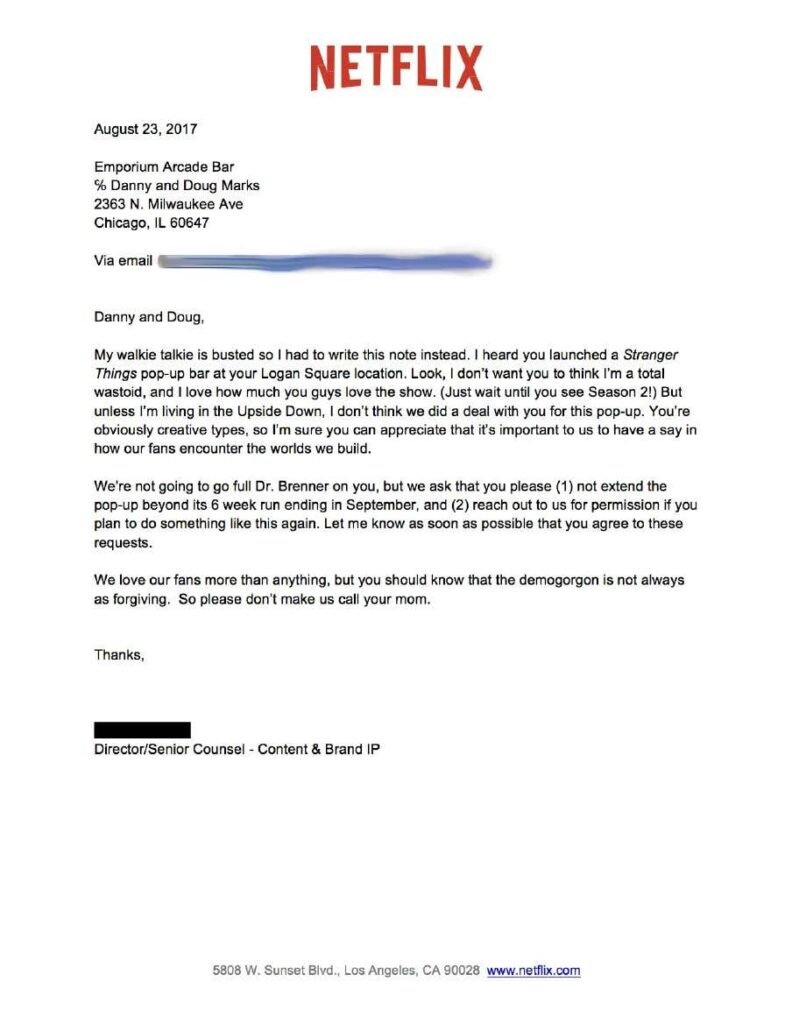
Example of an instance in which the trademark owner turned a potential marketing nightmare unfolding on social media into a marketing opportunity:
Jason Gonzalez, a young Minnesota college student would drive 270 miles to Krispy Kreme stores in Iowa every weekend to buy 100 boxes of donuts so he could sell them back to desperate customers in Minnesota where there are no Krispy Kreme stores. When Krispy Kreme realized what Gonzalez was doing, they demanded that the 21 year old accounting student (who sought to fill the demand and use the profits to fund his education) cease & desist his operations. When Gonzales shared the story, consumers took to social media faulting Krispy Kreme for crushing the young student’s entrepreneurial spirit.

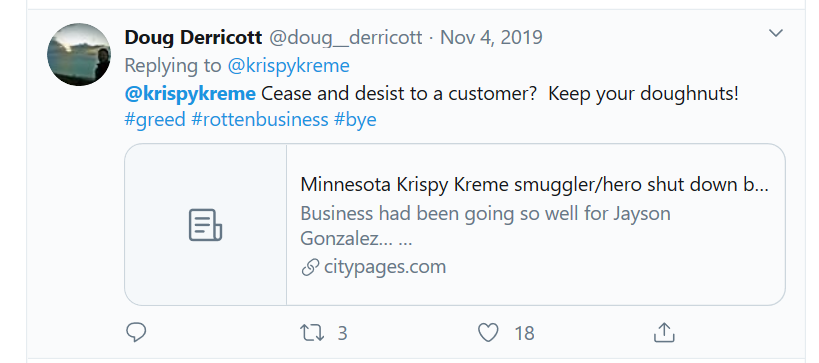
After the whirlwind of negative attention, Krispy Kreme relented making Gonzalez a sole proprietor who is now the only Krispy Kreme provider in Minnesota. Krispy Kreme also partnered with Daimler North America to donate Gonzalez a brand new Mercedes Sprinter van for his haul.
Krispy Kreme donut was able to use social media to turn the fallout that alienated their consumers into a marketing opportunity by changing their tactics.
Your cease & desist letter is a part of your brand voice. We can present your voice in a way that protects your legal interests without threatening your business interests and PR interests.
Simply put, the purpose of your trademark is to distinguish your products/services from a competing business’, which is precisely how you build a reputation. Today’s consumers live in a generation heavily engrossed in social media, resulting in social media exposure for your brand whether you seek it or not. In conclusion, it is important to maintain a brand voice on social media that will increase engagement and build the brand image you want to portray.





